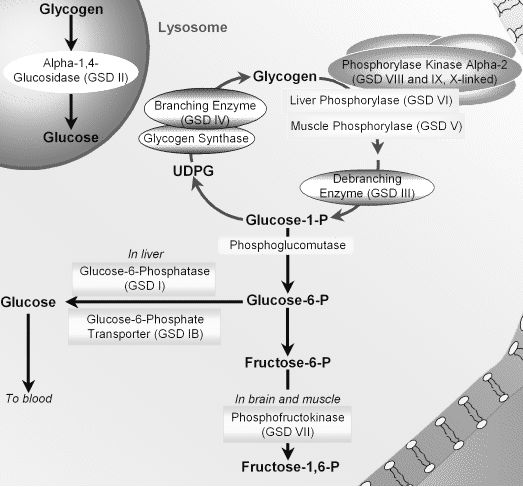Once again, I’m back with a biochemistry topic that everyone hates. Let’s try to break the topic, simplify it and cover all the important aspects of Glycogen Storage Diseases (GSD). 7 types of Glycogen Storage Diseases Mnemonic:VP CAM HT. This is a pretty lame mnemonic for the order of the…
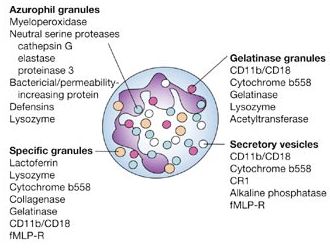
Granular contents of Neutrophils and Platelets
Neutrophil Granules Azurophilic (Primary) Granules These are lysosomes that occur in all granulocytes, as well as in lymphocytes and monocytes. In addition to expected lysosomal hydrolases, they also contain peroxidases (used to demonstrate azurophilic granules chemically). Develop earlier than specific granules. Stains blue/purple by Romanowsky stain. Mnemonic: ABCDE MnOP Acid hydrolase…
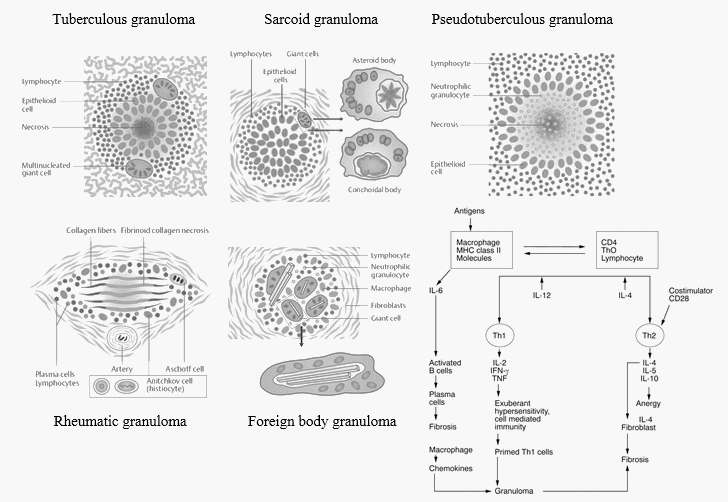
Morphology of Granuloma
Concentric layers of Granuloma There are 4 concentric layers in a granuloma, however the clear distinction is difficult in reality due to overlapping. From inside to out: 1. Necrosis Caseating necrosis: Tuberculosis, Leprosy Coagulative necrosis: Buruli ulcer (M.ulcerans), Gumma containing central blood vessels (Syphilis) Fibrinoid necrosis: Aschoff bodies (Rheumatic granuloma),…
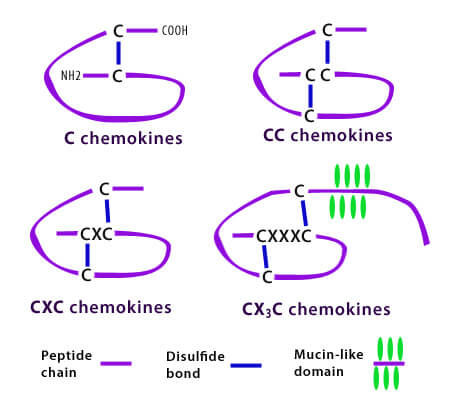
Chemokines Mnemonics
Difference between cytokines and chemokines Cytokines are small proteins released by cells, the function of which is “cell-signaling“. Chemokines are small cytokines, which functions as a “chemo-attractant“. Types of Chemokines When you go through the structural classification of chemokines, you come accross various arrangements of letter: C: denotes cysteine X:…

Milkmaid’s grip in Chorea
Milkmaid’s Grip Milk maids grip is appreciated as an alternating squeezing and releasing of the finger like a milking motion, when asked to maintain a constant, firm grip of examiner’s fingers. This may reflect a combination of Chorea and Motor impersistence. As a result of poor grip, patients often involuntarily…
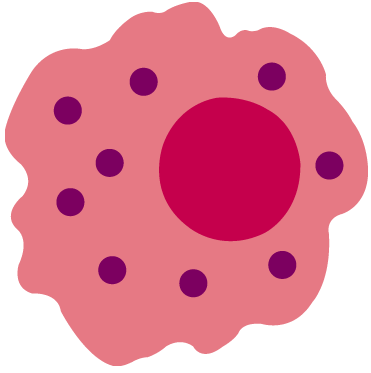
Tissue Specific and Named Macrophages
Subtle differences in the morphology and functions of macrophages develop as a result of the influence of a particular microenvironment. Appearance of macrophages to histologists have been described as a kind of mythological Proteus, “a creature who had the power of changing his appearance at will”. The life-span of these fixed…
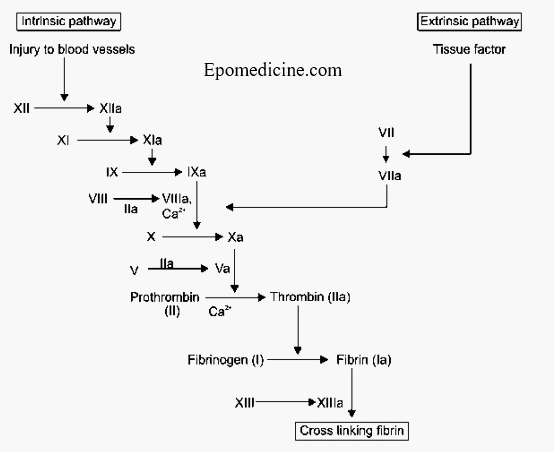
Simple Coagulation Cascade with Mnemonics
In medical school, coagulation cascade might be a pain to learn and teach as well. Plenty of roman numerals with arrows going here and there – is this the reason you hate coagulation cascade? I will pretty much try to simplify the whole thing with essential clinical correlation here. I…
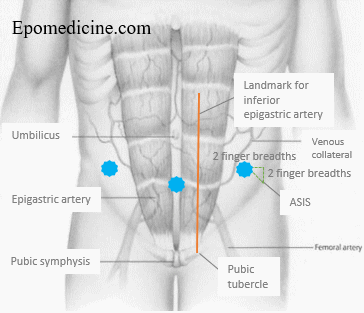
Ascitic Paracentesis : Practical Essentials
Absolute contraindications to Ascitic Tapping (Paracentesis) While some authors have claimed ascitic paracentesis to be free from absolute contraindications, others have listed following as absolute contraindications: Clinically evident fibrinolysis Disseminated Intravascular Coagulation (DIC) Clinically apparent oozing from needle sticks Acute abdomen requiring surgery Relative contraindications to Blind Paracentesis Ultrasound guided…
